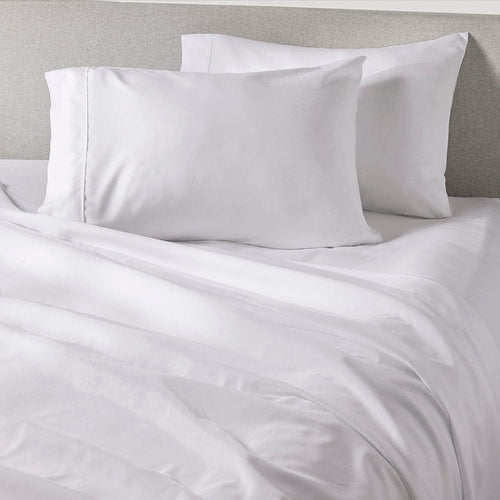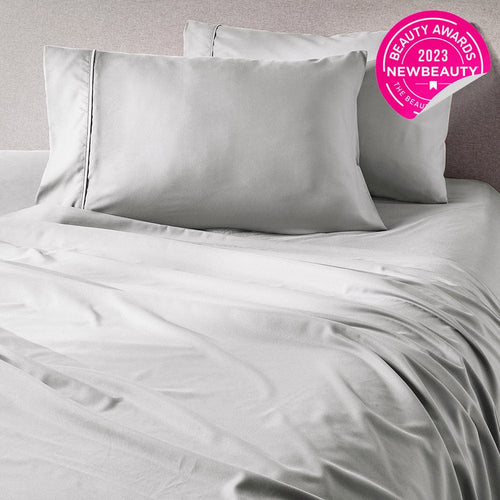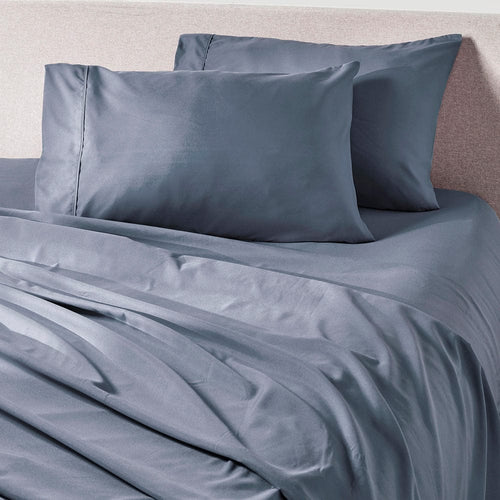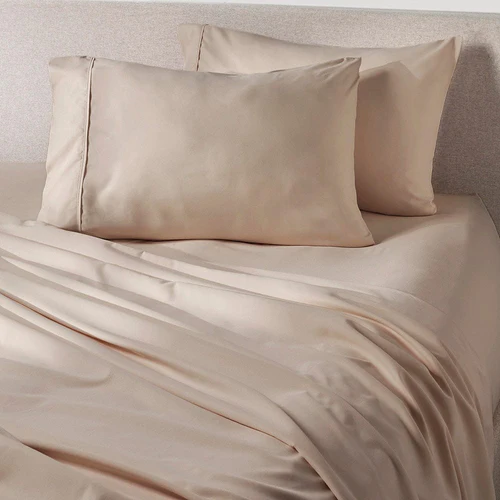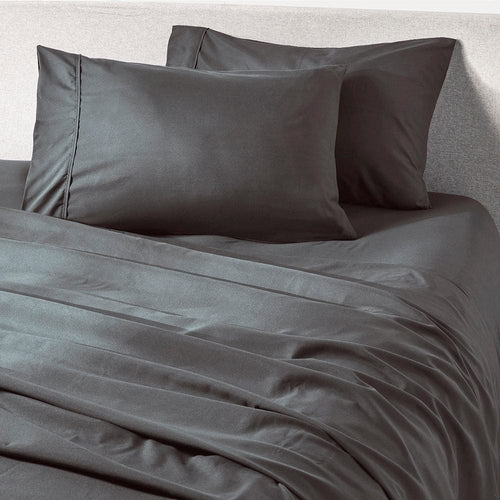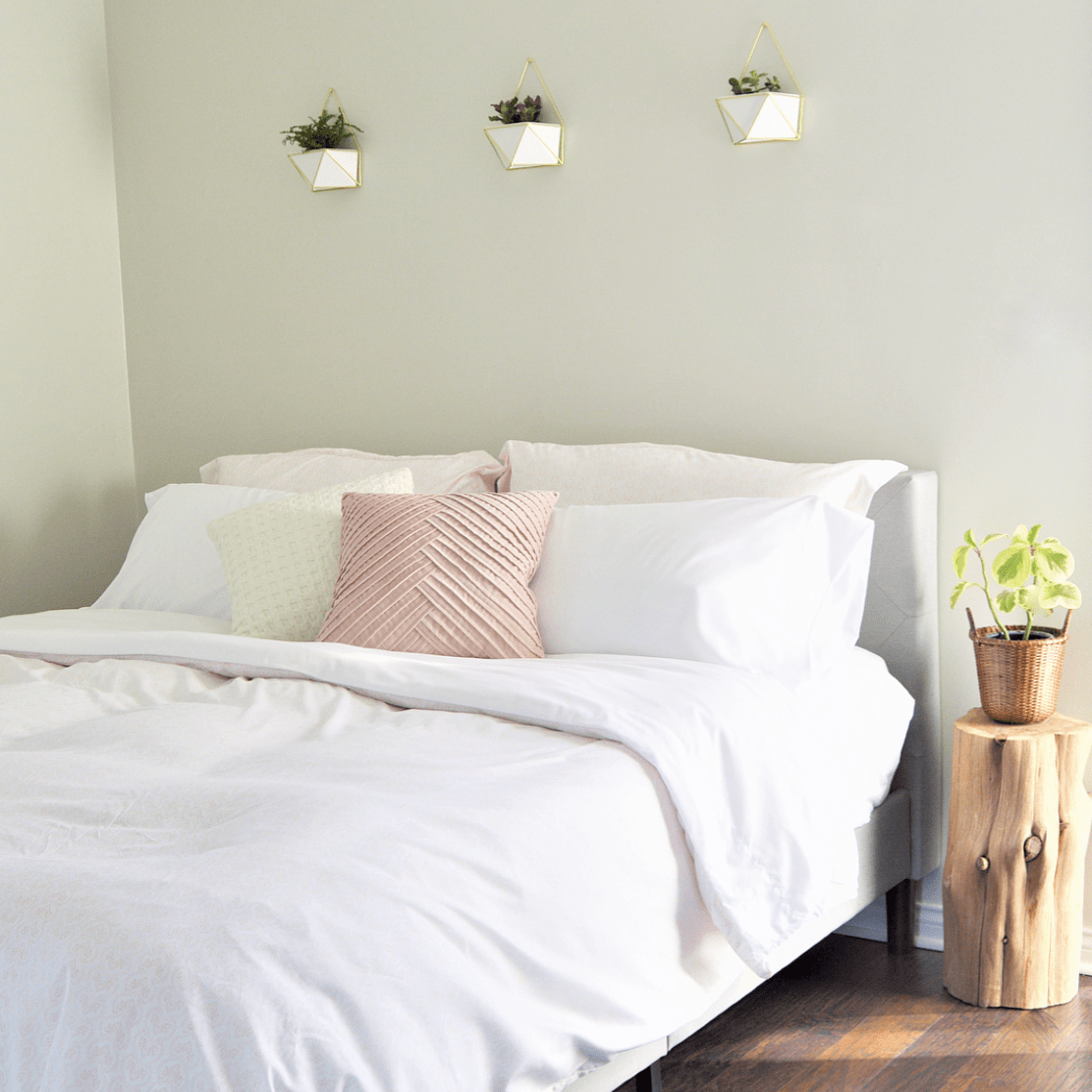
The Underrated Technology Behind Moisture-Wicking Fabric
When you think of the many different ways the wonders of modern technology have made our lives better in the last decade, “fabric” doesn’t necessarily spring to mind. After all, “high tech” means computers and smartphones and other types of modern-day gadgets — what do our clothing or bedsheets have to do with something so sophisticated?
You’d be surprised!
Moisture-wicking fabric in particular isn’t just an incredible example of how far we’ve come in a short amount of time, it’s also a perfect example of an underrated application of technology that is absolutely worth a closer look.
How Does Moisture-Wicking Fabric Work?
Wicking fabrics are typically woven in a way that allows moisture from various sources to be forced into and through the gaps in the weave, essentially allowing it to “find” the outer layer of the material. What you’re left with is a material that doesn’t contain moisture so much as it transports it, all to the surface layer of something like a T-shirt (or even a pair of socks), so that it can easily evaporate into the air.
When moisture is drawn into the fabric of a material like cotton, it basically gets trapped there. This can make someone even hotter than they already were, depending on the conditions, instead of cooling them down.
To get a better idea of how this works, consider what happens to a regular candle soon after you light it. The candle itself is designed in a way that draws wax UPWARDS and INTO the flame, thus allowing it to burn brighter for longer periods of time. Moisture-wicking fabric is really no different, only the liquid being “drawn” is not candle wax; it’s sweat.
The Importance of Moisture-Wicking Fabric
To understand what an essential difference moisture wicking makes, you must first understand a little bit more about what sweating means within the context of the human body.
Sweating is an essential part of the way that the human body regulates heat. It’s common knowledge that humans are made up almost entirely of water, but what a lot of people don’t realize is that much of that water is actually stored in the skin itself. When your body’s temperature gets too hot and your sweat glands are activated, a lot of that moisture rises to the surface in the form of sweat.
Experts agree that sweating in normal amounts is an absolutely essential bodily process... but that doesn’t necessarily mean you’re going to get any cooler because of it.
If sweat is trapped against your body by a fabric that doesn’t “breathe” while exercising, it isn’t necessarily going to quickly evaporate — meaning that it isn’t going to cool you down like it’s supposed to. Likewise, only some sweat evaporates from your skin to begin with. The sweat that doesn’t evaporate usually runs down the rest of your body, which can cause heat-related issues.
Moisture-wicking fabric therefore becomes an essential way to aid in this natural process, removing as much sweat as possible, keeping you cooler for far longer periods of time.
The Many Applications of Moisture-Wicking Fabric
Based on all of this information, it should come as no surprise that two of the most popular applications of moisture-wicking fabric have to do with the types of clothing we usually wear while working out and certain types of cooling sheets that have become quite popular over the last few years.
Work out clothes tend to help keep people like runners cool even on hot days because of the ways in which they address the subject of perspiration. Everybody sweats when engaged in intense physical activity — there really is no getting around it. Moisture-wicking fabric, however, pulls sweat from the body to the outside of the shirt where it can evaporate far more easily and faster than ever.
Many types of ultra cool sheets also work in essentially the same way, though in this particular case they wick away moisture caused by night sweats and other conditions. So not only are the sheets themselves breathable in a way that allows them to stay cool — the person using the sheets stays cool while between the sheets, as well.
Of course, there are a number of other applications for moisture-wicking fabric, too. In addition to athletic clothing, some companies make socks and even pants out of these types of moisture-wicking materials. Though the actual use of the material varies greatly, the overall goal is usually the same — and its success is one of the many reasons moisture wicking materials have become so popular over the last few years alone.
The PeachSkinSheets Approach
At PeachSkinSheets, we understand just how important a great night’s sleep really is — which is why we’ve designed our own 21st century SMART fabric sheets with only the latest in high-performance sleep technology textiles.
All of our options offer athletic-grade performance, using cooling sheets that wick away moisture rather than just absorbing it like cotton and other types of fabric. The end result is a temperature-controlled experience that guarantees warm sleepers stay cool and cool sleepers stay cozy — which is exactly how things should be.
If you’d like to find out more information about the underrated technology behind moisture-wicking fabric, visit PeachSkinSheets.com!

